Role of Community Gardens in Development of Housing Estates in Polish Cities
Abstract
:1. Introduction
2. Development of Housing Estates in Poland
3. The Role and Importance of Green Space in Housing Estates
4. Community Gardens
4.1. Definition
4.2. Community Gardens around the World
4.3. Community Garden: Location and Equipment
- −
- Paths must be wide enough to enable free passage of wheelchairs, perambulators, as well as people on crutches; it is also necessary to minimise slopes.
- −
- Paths must be hardened, with stable and non-slip surfaces.
- −
- Flowerbeds and places where plants are cultivated should be elevated so that people will not have to lean down excessively while working and to allow people in wheelchairs free access to them.
- −
- Resting places should be located in shaded areas.
- −
- In larger gardens, apart from the main resting place, there should be other places where users can sit or lean back.
- −
- There should be free access to all places, without barriers such as stairs or curbs.
4.4. Neighbourhood Integration through Community Gardens
4.5. Community Gardens vs. Revitalisation, Recreation, Education, and Health
5. Community Gardens in Poland
5.1. Collective Kąpielisko Community Garden, Poznań
5.2. Shelter Community Garden, Poznań
5.3. Szeląg Garden, Poznań
5.4. Siemaszki Estate Garden, Kraków
5.5. Fort Bema Community Garden, Warsaw
5.6. Motyka i Słońce, Warsaw
6. Cultivation of Plants in Community Gardens
7. Community Gardens in Poland during the COVID-19 Pandemic
8. Conclusions
Author Contributions
Funding
Data Availability Statement
Conflicts of Interest
References
- Korwel-Lejkowska, B.; Topa, E. Dostępność parków miejskich jako elementów zielonej infrastruktury w Gdańsku. Rozwój Regionalny i Polityka Regionalna 2017, 37, 63–75. [Google Scholar]
- Kristancic, A.R.; Kuehs, J.; Richardson, B.B.; Baudains, C.; Hardy, G.E.S.J.; Fleming, P.A. Biodiversity conservation in urban gardens—Pets and garden design influence activity of a vulnerable digging mammal. Landsc. Urban Plan. 2022, 225, 104464. [Google Scholar] [CrossRef]
- Zhou, Z.; Qizhong Guo, Q. Drainage alternatives for rain gardens on subsoil of low permeability: Balance among ponding time, soil moisture, and runoff reduction. J. Sustain. Water Built. Environ. 2022, 8, 05022002. [Google Scholar] [CrossRef]
- Chojecka, A. Zieleń miejska jako wielofunkcyjna przestrzeń publiczna na przykładzie parku Śląskiego. Teka Komisji Architektury, Urbanistyki i Studiów Krajobrazowych 2013, 9, 7–19. [Google Scholar] [CrossRef]
- Maćkiewicz, B.; Asuero, R.P.; Pawlak, K. Reclaiming urban space: A study of community gardens in Poznań. Quaestiones Geographicae 2018, 37, 131–150. [Google Scholar] [CrossRef] [Green Version]
- Kałużna, D.; Mizgajski, A. Community gardens in Poland—Impulse, assistance, expansion. Growing in cities. In Interdisciplinary Perspectives on Urban Gardening; University of Applied Sciences: Basel, Switzerland, 2016; pp. 106–118. [Google Scholar]
- Hołda, R. Prawo do ogrodu. Ogrodnicy w przestrzeni miasta (The right to a garden. Gardeners in urban space). J. Urban Ethnol. 2021, 19, 147–162. [Google Scholar] [CrossRef]
- Nykka, L. Przestrzeń miejska jako krajobraz. Czas. Tech. 2012, 1, 49–59. [Google Scholar]
- Bradecki, T.; Twardoch, A. Współczesne Kierunki Kształtowania Zabudowy Mieszkaniowej; Wydawnictwo Politechniki Śląskiej: Gliwice, Poland, 2013. [Google Scholar]
- Komar, B. Analiza historyczna rozwoju osiedli mieszkaniowych: Grunau w Lipsku im. Tysiąclecia w Katowicach, na tle wzorcowych koncepcji mieszkalnictwa w XX wieku. Architecturae et Artibus 2012, 2, 13–25. [Google Scholar]
- Swoszowska, J. Oblicza postmodernizmu. Autoportret 2019, 2, 411–417. [Google Scholar]
- Gzell, S. Nowy wspaniały świat: Racjonalizm Karty Ateńskiej i jego wpływ na kształt paradygmatów w urbanistyce XX wieku. In Manifesty Urbanistyczne w Poszukiwaniu Współczesnego Modelu Miasta; Majda, T., Mironowicz, I., Eds.; Advertdruk: Warszawa, Poland, 2017; pp. 19–27. [Google Scholar]
- Godzina, P. Tereny zieleni publicznej w kontekście zrównoważonego rozwoju miasta. Prace Geograficzne 2015, 141, 57–72. [Google Scholar]
- Lis, A.; Brudziński, J. Zieleń osiedlowa w mieście—Czynniki wpływające na zaspokojenie potrzeb społecznych. Zeszyty Naukowe Architektura/Politechnika Śląska 2007, 45, 55–68. [Google Scholar]
- Sobczyńska, K. Zieleń Jako Element Współczesnego Miasta i Jej Rola w Przestrzeniach Publicznych Poznania. Ph.D. Thesis, Politechnika Poznańska, Poznań, Poland, 2014. [Google Scholar]
- Szumacher, I.; Malinowska, E. Potencjał rekreacyjny wybranych typów zieleni miejskiej [Recreation Potential of Chosen Types of Urban Green Spaces]. Problemy Ekologii Krajobrazu 2013, 34, 223–229. [Google Scholar]
- Chojecka, A. Znaczenie terenów zielonych w przestrzeni publicznej oraz ich wpływ na jakość życia miejskiego [The importance of green areas in public places and their impact on the quality of urban life]. Rynek–Społeczeństwo–Kultura 2014, 1, 48–54. [Google Scholar]
- Szulczewska, B. Osiedle Mieszkaniowe w Strukturze Przyrodniczej Miasta; Wydawnictwo SGGW: Warszawa, Poland, 2015; p. 166. [Google Scholar]
- Milburn, L.-A.S.; Vail, B.A. Sowing the seeds of successsuccess: Cultivating a future for community gardens. Landsc. J. 2010, 29, 71–89. [Google Scholar] [CrossRef]
- Latkowska, M. “Community Gardensgardens”, czyli ogrody sąsiedzkie—Nowe formy zieleni w przestrzeni miejskiej. Czasopismo Techniczne Architektura 2012, 19, 272–276. [Google Scholar]
- Malinowska, A. Ogrody społeczne w odpowiedzi na współczesne problemy miast (Community gardens as a response to contemporary problems of cities). In Tereny Zieleni w Mieście i Ich Uwarunkowania; P.U.H.T.P. EKO-CHART Lech Marek: Katowice, Poland, 2016; pp. 1–19. [Google Scholar]
- Lovell, R.; Husk, K.; Bethel, A.; Garside, R. What are the health and well-being impacts of community gardening for adults and children: A mixed method systematic review protocol. Environ. Evid. 2014, 3, 20. [Google Scholar] [CrossRef] [Green Version]
- Gregis, A.; Ghisalberti, C.; Sciascia, S.; Sottile, F.; Peano, C. Community garden initiatives addressing health and well-being outcomes: A systematic review of infodemiology aspects, outcomes, and target populations. Int. J. Environ. Res. Public Health 2021, 18, 1943. [Google Scholar] [CrossRef]
- Stephan, B.; Carl, F.; Johan, C. Social-ecological memory in urban gardens: Retaining the capacity for management of ecosystem services. Glob. Environ. Chang. 2010, 20, 255–265. [Google Scholar]
- Morawski, W. Kronika Kryzysów Gospodarczych; Wydawnictwo TRIO: Warszawa, Poland, 2003; p. 154. ISBN 83-88542-64-8. [Google Scholar]
- Schmelzkopf, K. Urban community as contested space. Geogr. Rev. 1995, 85, 364–381. [Google Scholar] [CrossRef]
- Bende, C.; Nagy, G. Effects of community gardens on local society: The case of two community garden in Szeged. Belvedere Meridionale 2016, 28, 89–105. [Google Scholar] [CrossRef]
- Torres, A.-C.; Nadot, S.; Prevot, A.-C. Specificities of French community gardens as environmental stewardships. Ecol. Soc. 2017, 22, 28. [Google Scholar] [CrossRef]
- Cross, F.; MacNair, E. The Garden City Handbook: How to Create and Protect Community Gardens in Greater Victoria; Polis Project on Ecological Governance: Victoria, BC, Canada, 2002; p. 28. [Google Scholar]
- Menatti, L. Landscape: From common good to human right. Int. J. Commons 2017, 11, 641–683. [Google Scholar] [CrossRef]
- Guitart, D.; Pickering, C.; Byrne, J. Past results and future directions in urban community gardens research. Urb. For. Urb. Green. 2012, 11, 364–373. [Google Scholar] [CrossRef] [Green Version]
- Kou, H.; Zhang, S.; Liu, Y. Community-engaged research for the promotion of healthy urban environments: A case study of community garden initiative in Shanghai, China. Int. J. Environ. Res. Publ. Health 2019, 16, 4145. [Google Scholar] [CrossRef] [Green Version]
- Koay, W.I.; Dillon, D. Community gardening: Stress, well-being, and resilience potentials. Int. J. Environ. Res. Public Health 2020, 17, 6740. [Google Scholar] [CrossRef]
- Armstrong, D. A survey of community gardens in upstate New York: Implication for health promotion and community development. Health Place 2000, 6, 319–327. [Google Scholar] [CrossRef]
- Thompson, R. Gardening for health: A regular dose of gardening. Clin. Med. 2018, 18, 201–205. [Google Scholar] [CrossRef]
- Masashi, S.; Cox, D.T.C.; Yuichi, Y.; Gaston, K.J.; Kiyo, K.; Keisuke, H. Health benefits of urban allotment gardening: Improved physical and psychological well-being and social integration. Int. J. Environ. Res. Public Health 2017, 12, 71. [Google Scholar]
- Ozer, E.J. The effects of school gardens on students and schools: Conceptualization and considerations for maximizing healthy development. Health Educ. Behav. 2006, 34, 846–863. [Google Scholar] [CrossRef] [Green Version]
- Kingsley, J.; Foenander, E.; Bailey, A. You feel like you’re part of something bigger: Exploring motivations for community garden participation in Melbourne, Australia. BMC Publ. Health 2019, 19, 745. [Google Scholar] [CrossRef] [Green Version]
- Grotowska, E.; Ruman, H. Ogrody Społeczne: Bank Dobrych Praktyk; Wrocławska Rewitalizacja Sp. z.o.o.: Wrocław, Poland, 2019; p. 92. [Google Scholar]
- Kirby, C.K.; Specht, K.; Fox-Kämper, R.; Hawes, J.K.; Cohen, N.; Caputo, S.; Ilieva, R.T.; Lelièvre, A.; Poniży, L.; Schoen, V.; et al. Differences in motivations and social impacts across urban agriculture types: Case studies in Europe and the US. Landsc. Urban Plan. 2021, 212, 104110. [Google Scholar] [CrossRef]
- Grunwaldzki Park Społeczny. Available online: https://www.instagram.com/schronowyogrodspoleczny (accessed on 2 April 2022).
- Bandurska, H.; Durczak, K.; Ławrynowicz, M.; Sławecki, B. Odkrywanie Lokalnego Poznania; Fundacja Antypody: Poznań, Poland, 2019. [Google Scholar]
- Ogród Osiedlowy. Available online: https://ogrodosiedlowy.wordpress.com/ (accessed on 2 April 2022).
- Kraków.pl. Available online: https://www.krakow.pl/aktualnosci/204705,29,komunikat,powstaje_nowy_ogrod_spoleczny.html (accessed on 2 April 2022).
- Augustyn, M. Ogród Społecznościowy Fort Bema. Available online: http://bujnawarszawa.pl/fort-bema/ (accessed on 2 April 2022).
- Mier, I. Motyka i Słońce. Available online: http://bujnawarszawa.pl/motyka-i-slonce/ (accessed on 2 April 2022).
- Firth, C.; Maye, D.; Pearson, D. Developing “community” in community gardens. Local Environ. 2011, 16, 555–568. [Google Scholar] [CrossRef]
- Matarrita-Cascante, D.; Brennan, M.A. Conceptualizing community development in the twenty-first century. Community Dev. 2012, 43, 293–305. [Google Scholar] [CrossRef]
- Lawson, L.J. City Bountiful: A Century of Community Gardening in America; University of California Press: Berkeley, CA, USA, 2005; ISBN 0520243439. [Google Scholar]
- Lee, J.H.; Matarrita-Cascante, D. Gardeners’ past gardening experience and its moderating effect on community garden participation. Sustainability 2019, 11, 3308. [Google Scholar] [CrossRef] [Green Version]
- Lawson, L. The Planner in the Garden: A historical view into the relationship between planning and community gardens. J. Plan. Hist. 2004, 3, 151–176. [Google Scholar] [CrossRef]
- Drake, L.; Lawson, L.J. Results of a US and Canada community garden survey: Shared challenges in garden management amid diverse geographical and organizational contexts. Agric. Hum. Values 2015, 32, 241–254. [Google Scholar] [CrossRef]
- Staeheli, L.A.; Mitchell, D.; Gibson, K. Conflicting rights to the city in New York’s community gardens. GeoJournal 2002, 58, 197–205. [Google Scholar] [CrossRef]
- Ghose, R.; Pettygrove, M. Actors and networks in urban community garden development. Geoforum 2014, 53, 93–103. [Google Scholar] [CrossRef]
- Stolp, J. Miejskie Ogrodnictwo. Uprawa Warzyw Miedzy Blokami. Available online: https://dom.trojmiasto.pl/Ogrody-spoleczne-Jak-uprawiac-warzywa-pomiedzy-blokami-n166518.html (accessed on 11 May 2022).
- Rozporządzeniu Rady Ministrów z Dnia 31 Marca 2020 r. (Dz.U. 2020 Poz. 566). Available online: https://www.infor.pl/akt-prawny/DZU.2020.067.0000566,rozporzadzenie-rady-ministrow-w-sprawie-ustanowienia-okreslonych-ograniczen-nakazow-i-zakazow-w-zwiazku-z-wystapieniem-stanu-epidemii.html (accessed on 26 April 2022).
- GaerednJournal. Ogrodnictwo Społecznościowe Podczas Covid—Społecznie Odległe Ogrody Społecznościowe. Available online: https://pl.gardenjornal.com/10378560-community-gardening-during-covid-socially-distant-community-gardens (accessed on 26 April 2022).
- Radio Łódź. W Łodzi Powstaja Pierwsze Ogrody Społeczne. Available online: https://www.radiolodz.pl/posts/69884-w-lodzi-powstaja-juz-pierwsze-ogrody-spoleczne (accessed on 25 April 2022).
- Rzeczpospolita. Available online: https://regiony.rp.pl/jakosc-zycia/art17688041-dzialkowicze-wracaja-do-miast-wladze-szukaja-dla-nich-miejsc (accessed on 25 April 2022).
- Domagała, K. W Gminie Brzeszcze „Wyrastają” Ogrody Społeczne. Piękna Inicjatywa i Powrót do Natury. Available online: https://glos24.pl/w-gminie-brzeszcze-wyrastaja-ogrody-spoleczne-piekna-inicjatywa-i-powrot-do-naturye (accessed on 25 April 2022).
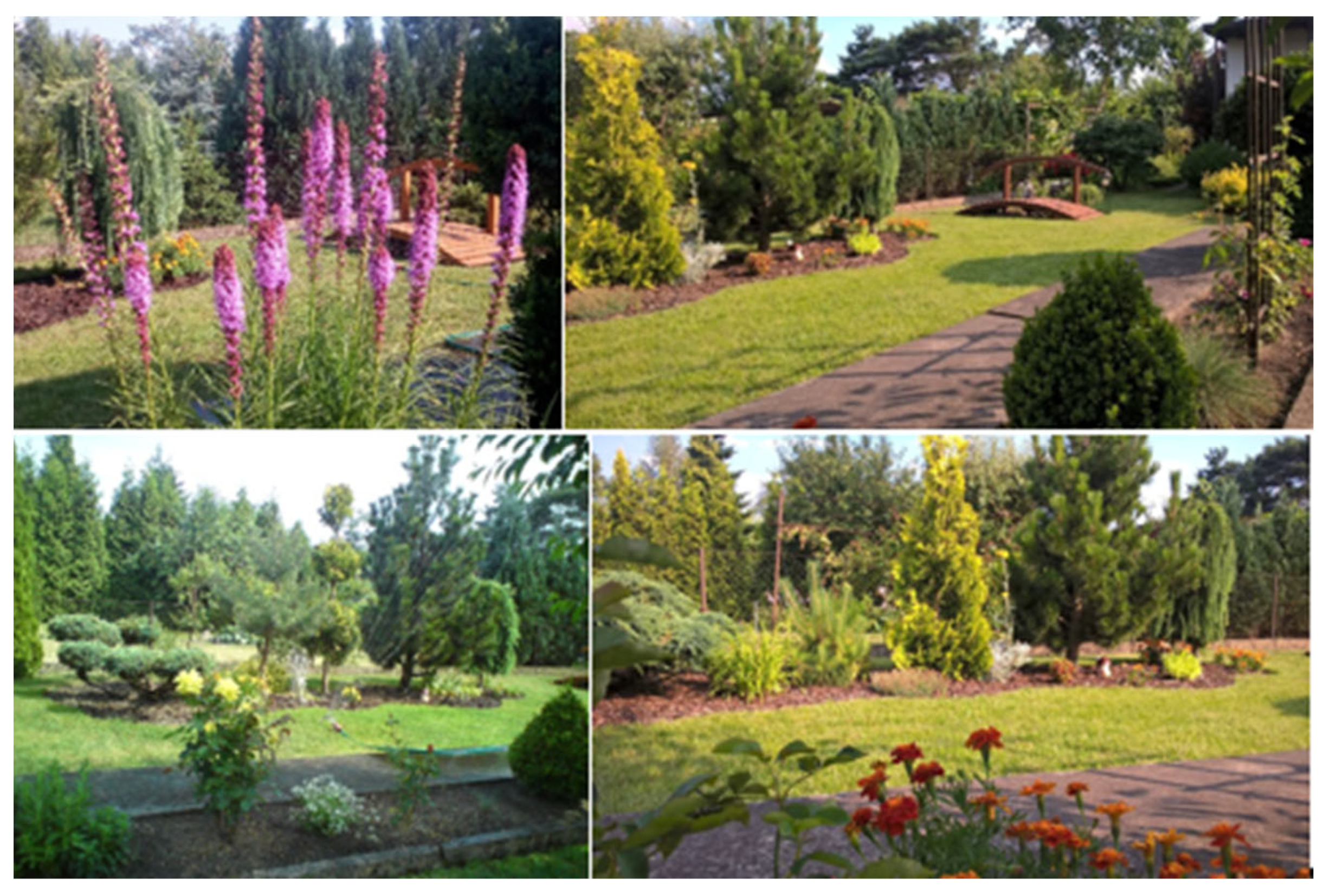
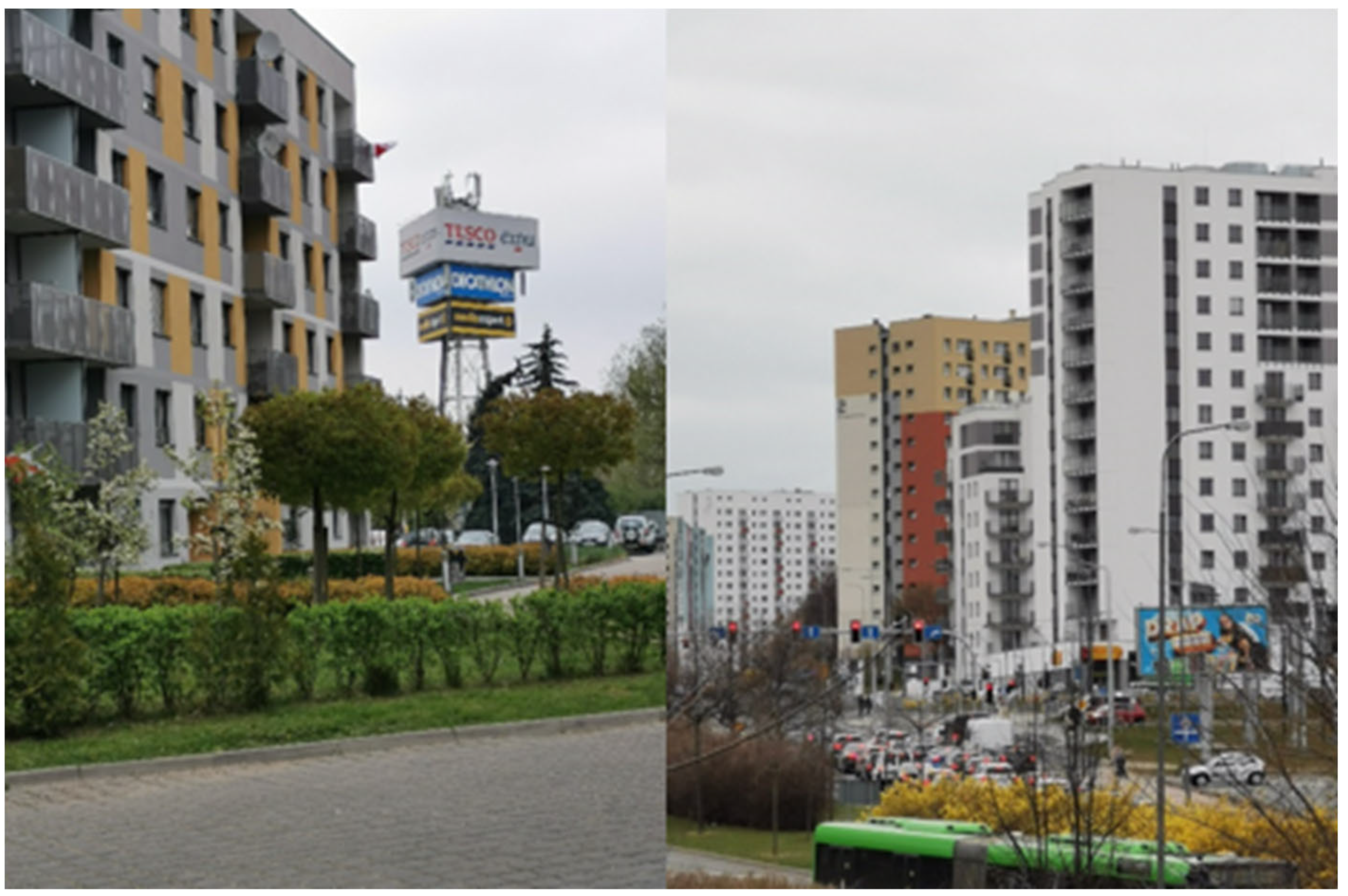
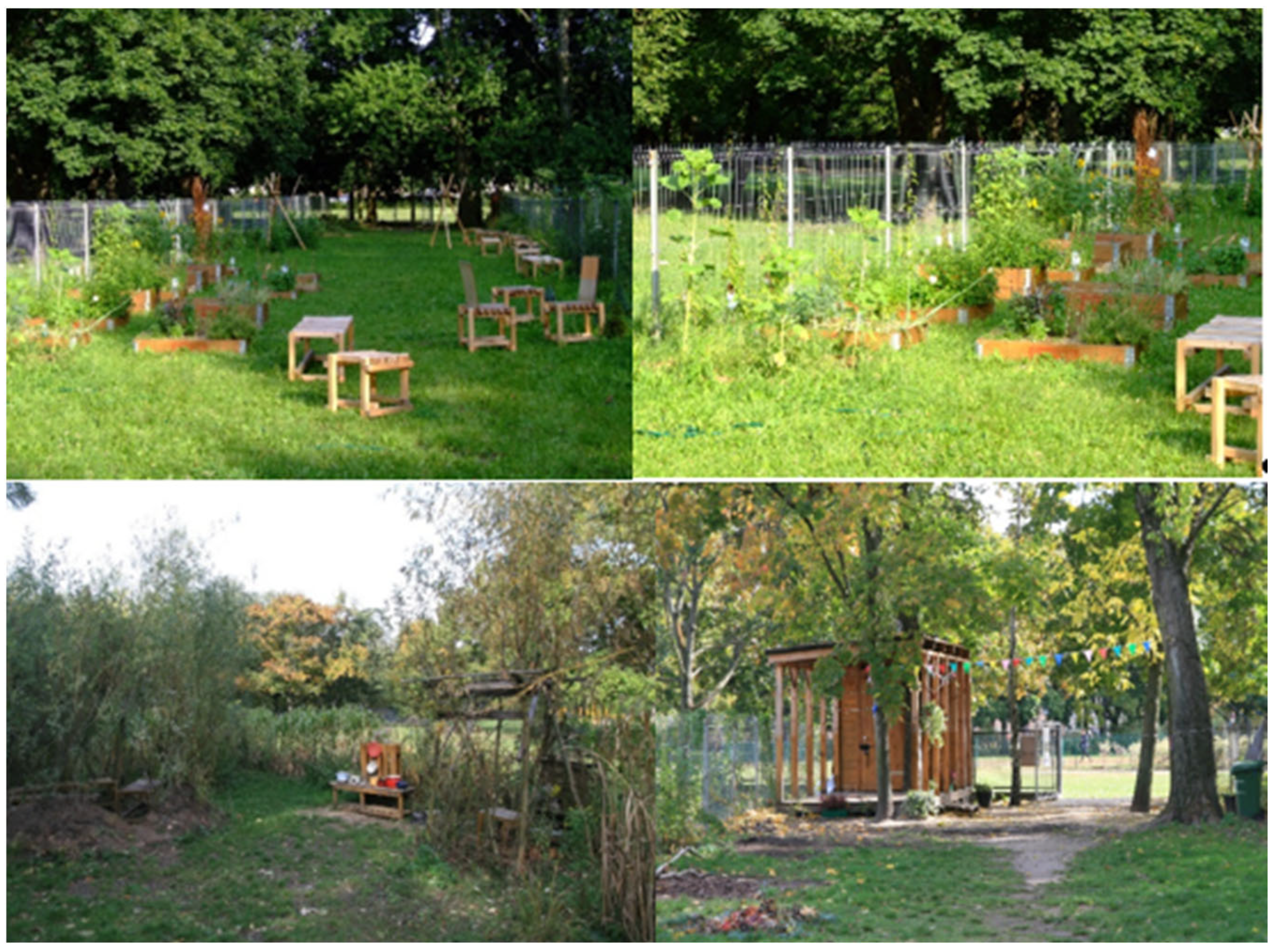
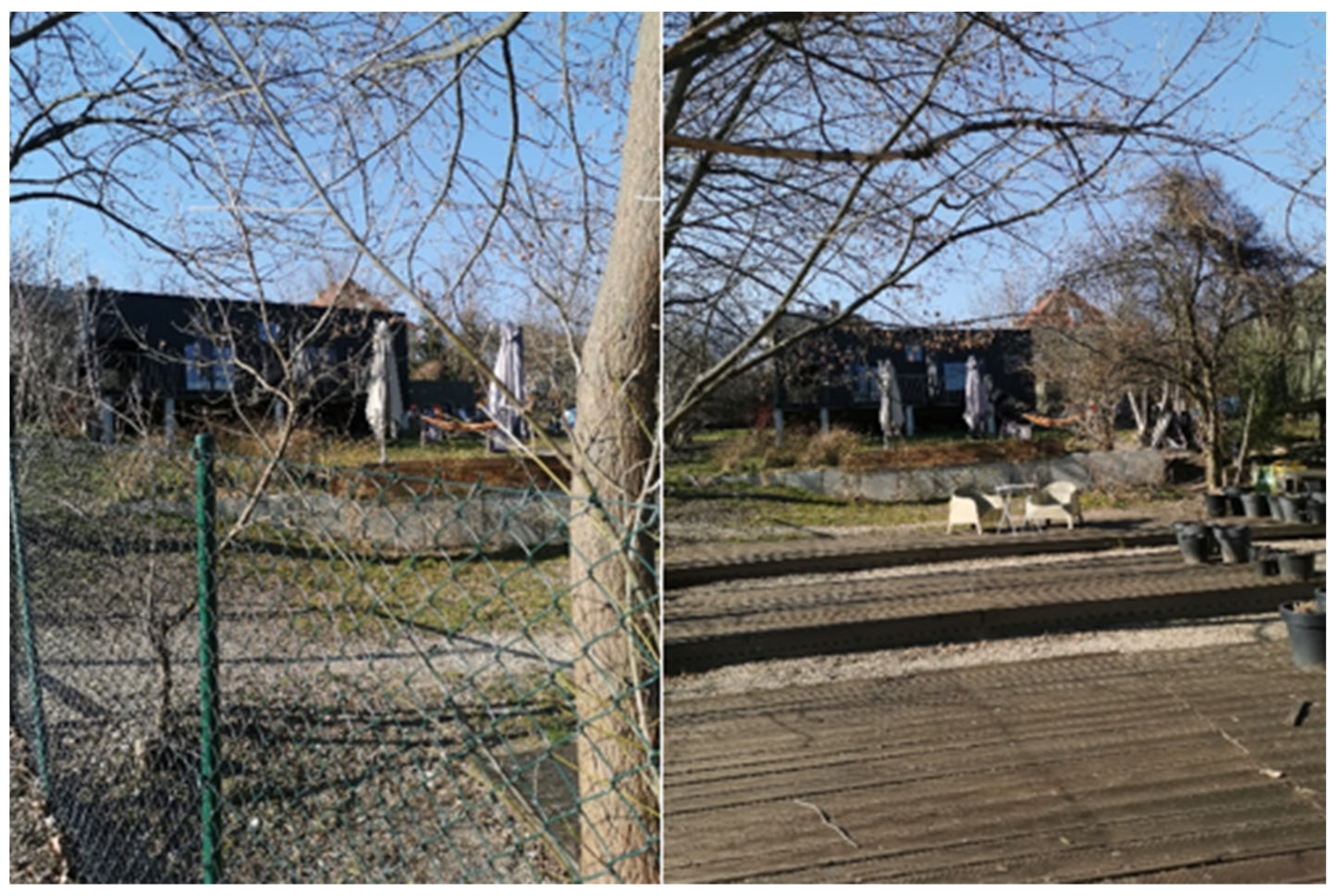
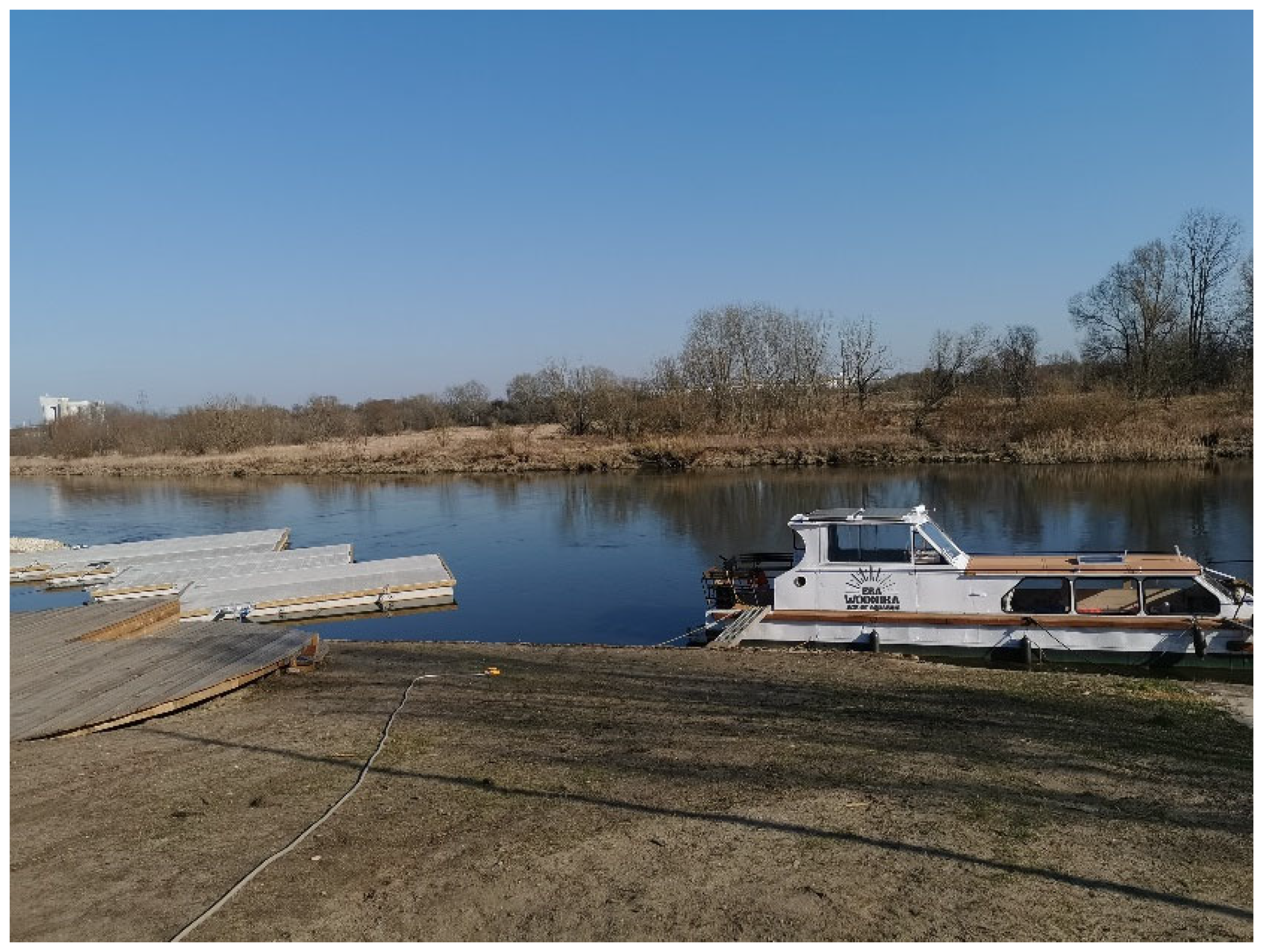
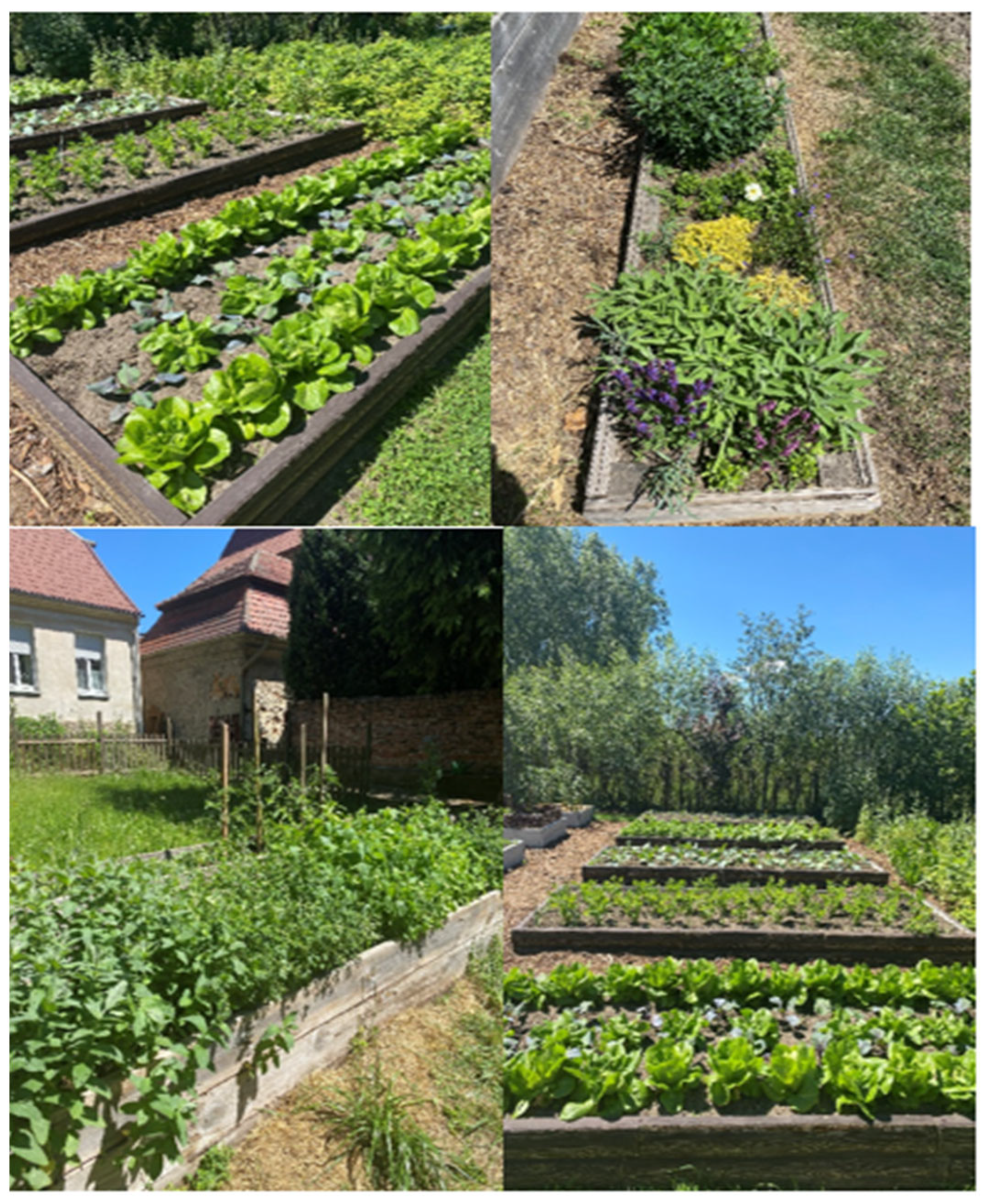
Publisher’s Note: MDPI stays neutral with regard to jurisdictional claims in published maps and institutional affiliations. |
© 2022 by the authors. Licensee MDPI, Basel, Switzerland. This article is an open access article distributed under the terms and conditions of the Creative Commons Attribution (CC BY) license (https://creativecommons.org/licenses/by/4.0/).
Share and Cite
Janowska, B.; Łój, J.; Andrzejak, R. Role of Community Gardens in Development of Housing Estates in Polish Cities. Agronomy 2022, 12, 1447. https://doi.org/10.3390/agronomy12061447
Janowska B, Łój J, Andrzejak R. Role of Community Gardens in Development of Housing Estates in Polish Cities. Agronomy. 2022; 12(6):1447. https://doi.org/10.3390/agronomy12061447
Chicago/Turabian StyleJanowska, Beata, Jagoda Łój, and Roman Andrzejak. 2022. "Role of Community Gardens in Development of Housing Estates in Polish Cities" Agronomy 12, no. 6: 1447. https://doi.org/10.3390/agronomy12061447
APA StyleJanowska, B., Łój, J., & Andrzejak, R. (2022). Role of Community Gardens in Development of Housing Estates in Polish Cities. Agronomy, 12(6), 1447. https://doi.org/10.3390/agronomy12061447






